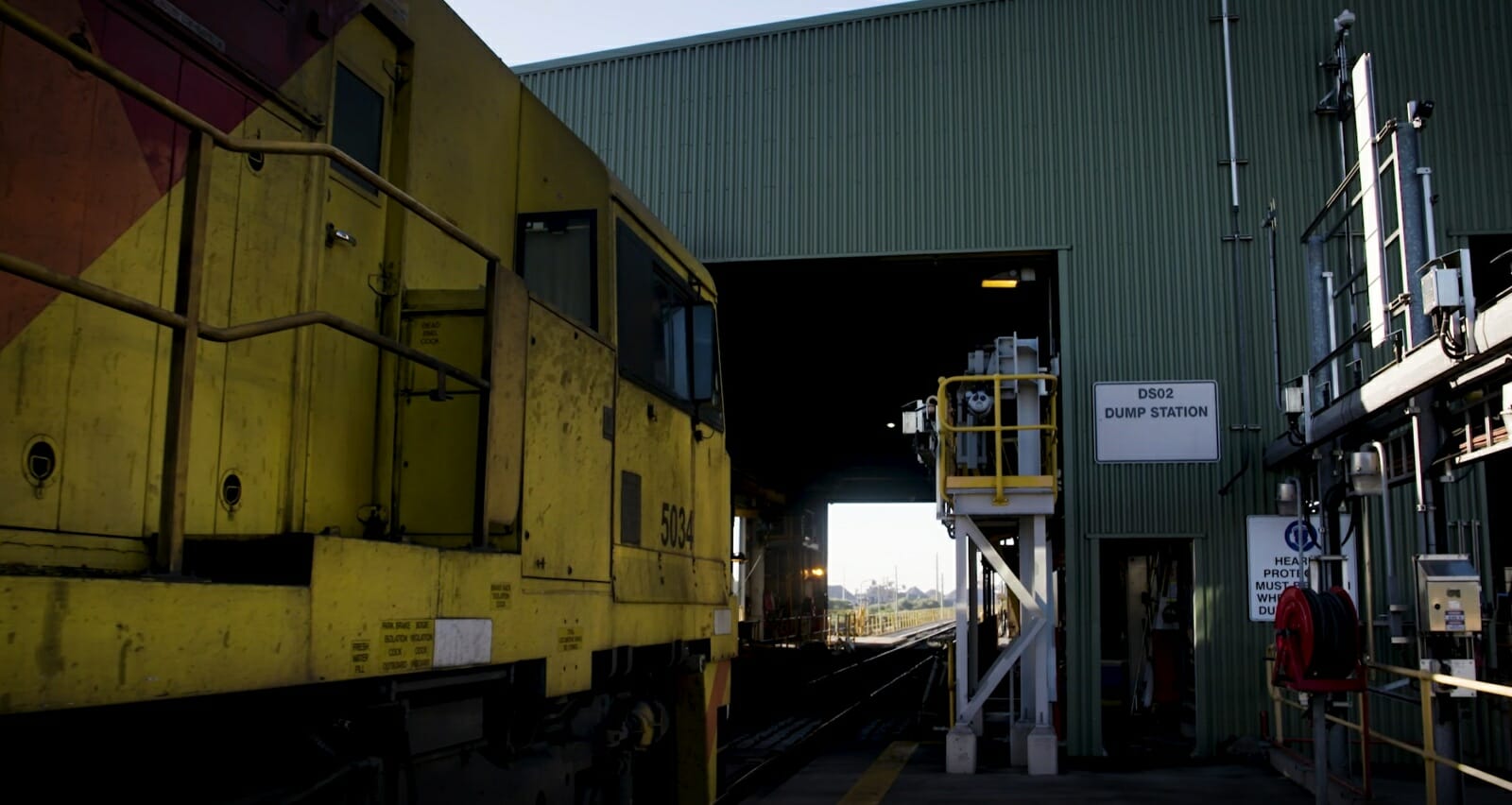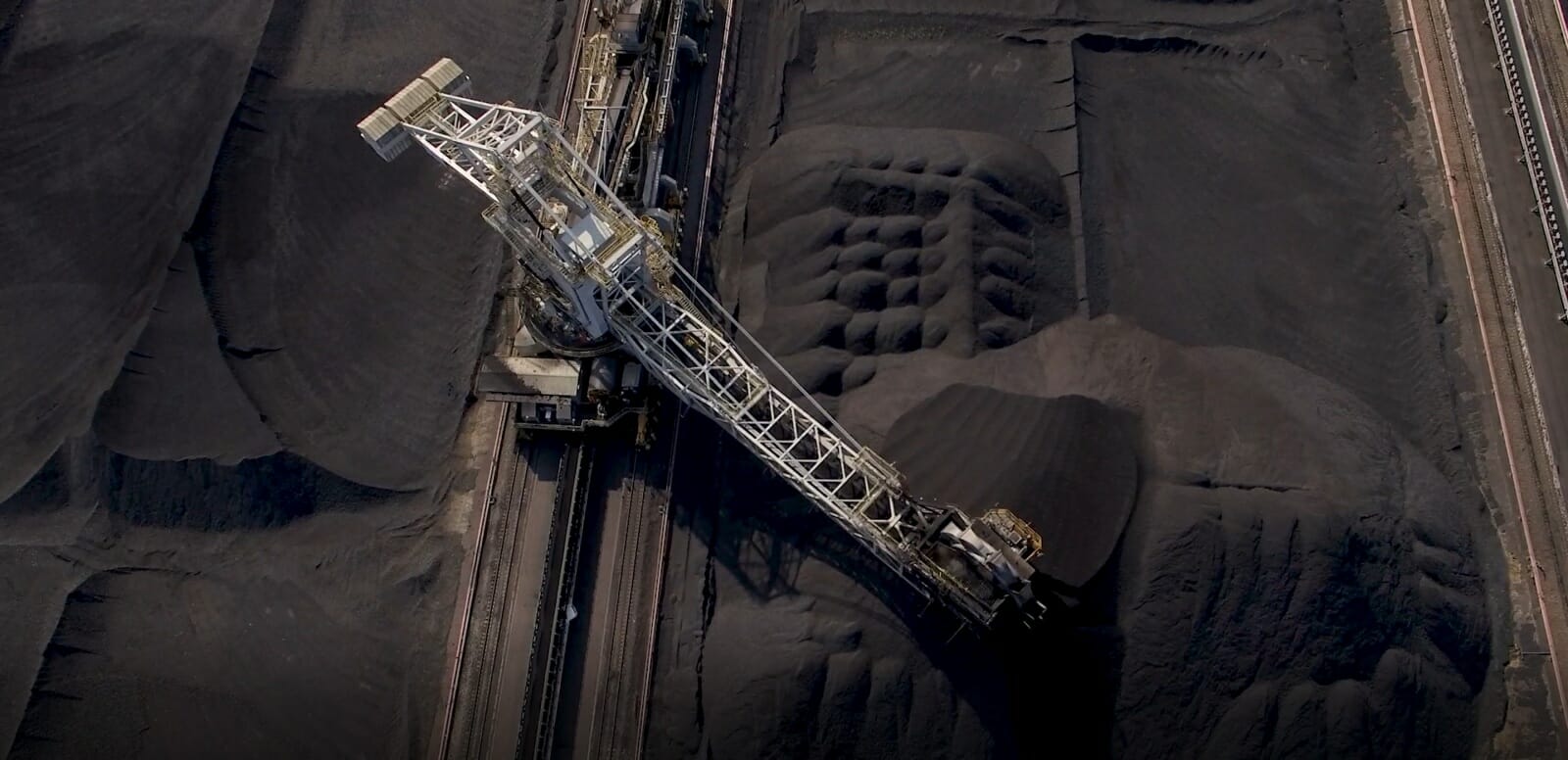Since commencing operations in 2010, NCIG has established itself as a leading coal export terminal, supporting customers from the Newcastle, Hunter Valley, Gunnedah, Gloucester and Western Coalfields of New South Wales.
Our customers are at the core of everything we do. We safely handle and transport their coal from rail to the vessels berthed at our wharves. Our inbound operations see us receiving an average of 20 trains per day, and storing up to 4.5 million tonnes of coal. The ships we load in our outbound operations are up to 300 metres long and can carry up to 165,000 tonnes of coal.
NCIG is located on Kooragang Island, in the Hunter region of NSW, Australia. Situated in the Port of Newcastle, we are a key part of the supply chain network – providing an essential link between the Hunter region’s coal producers and global markets.
Our terminal consists of three key areas:
- Inbound Operations
- Stockyards
- Outbound Operations

Inbound
Our customers’ coal is transported by rail through the Hunter Valley coal chain to our facility in the Port of Newcastle. Trains enter the NCIG site from the Kooragang Island main rail line, and empty their coal into one of our two train dump stations. Empty trains continue along our rail loops to then re-join the rail network and return back to a mine site to reload more coal bound for export.
The two dump stations are housed within a single multi-level structure (approximately 13 metres high) and can accommodate a maximum of 40 trains in a 24 hour period, with a coal receival rate of up to 10,000 tonnes per hour.
An important inbound service we offer at NCIG is the sampling of coal at our dump stations, prior to it being relocated to our stockpiles. This allows the coal grade and quality to be measured and recorded, including the moisture, chemical makeup and ash content.

Stockyards
Coal is then transported a short distance via conveyors from the dump station to one of the five stockpile pads in our 4.5Mt capacity stockyard. Here, it is stacked and stored by our four stacker reclaimers until the coal is ready for export.
The coal is accurately positioned in allocated stockpiles and provides an efficient and optimised layout for customers, which is managed in accordance with their requirements. The ratio of our stockyard storage to throughput capacity is a niche benefit to our customers because it creates a substantial buffer capacity at our terminal, and reduces dependency between production, storage and shipping.

Outbound
When a customer’s coal is ready to be shipped, their coal is reclaimed from stockpiles through the rotating bucket wheels on the stacker reclaimer, and transferred through a series of conveyors to two 2,000 tonne capacity buffer bins. One of our two ship loaders then draws the coal from the feeder bins and transfers it to a ship waiting at the berth. This is successfully delivered through a detailed process involving a spout lowered into the hull of the vessel and loading the exact amount of coal according to the vessel loading plan and the customer’s order.
Outbound coal also passes through one of two sampling stations prior to being loaded onto vessels to ensure the appropriate quality coal has been delivered.

We are a technically advanced operation and are always seeking new and innovative ways to optimise our plant and operations. Through a series of optimisation projects, we have been able to increase our operational capacity from 66 million tonnes per annum to 79 million tonnes per annum. This achievement required no major infrastructure investment and relied solely on the innovation, perseverance and skills of our people.
You can learn more about our Plant Optimisation Project.
Terminal Handbook
Our Terminal Handbook is to inform terminal users such as Vessel Masters, Vessel Owners, Charterers and their Agents, of the relevant operational protocols for working within our berths and operational perimetre.
The aims and objectives of the information contained within this document are to create an understanding of the Terminal rules amongst all stakeholders, and to maximise operational efficiency.

